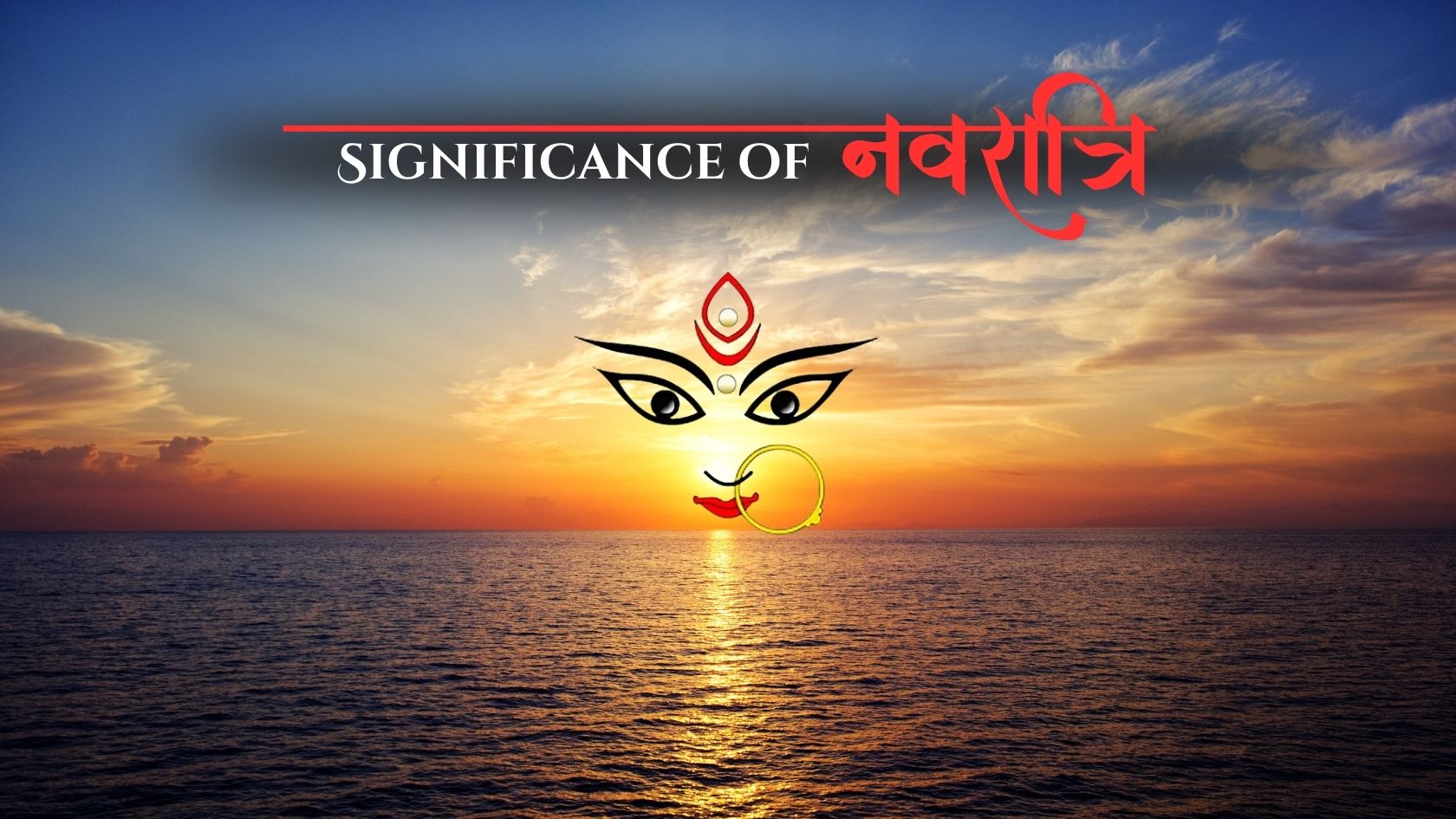
Navaratri is one of the most cherished festivals in our country. Nava means Nine, and Ratri refers to night. This festival starts right after the Mahalaya Amavasya (a day dedicated to honouring our forefathers). The Nine nights get calculated from the day after the New Moon or Amavasya. After the New moon, the period of 15 days is called the Shukla Paksha. This period is an auspicious time for celebrations, and Navarathiri falls during this period. During the Nine Days, the feminine energy is honoured and worshipped in her different forms. Vijayadashami falls on the 10th day and is considered an auspicious day. New beginnings take place on this day. Usually, Vidhyarambam happens on this day. (Vidhyarambam is a formal initiation ceremony of a toddler into the world of letters and knowledge. It marks the start of the educational journey).
The victory of Good over Evil is the Essence of Navaratri. Our country always honours and reveres the feminine energy and Women. The most notable story associated with Navaratri is that of Goddess - Durga. She is said to have battled the Demon / Asura Mahisasura (portrayed as a Buffalo) and emerged victorious. But, people also honour Goddess Lakshmi and Goddess Saraswathi during these festive times.
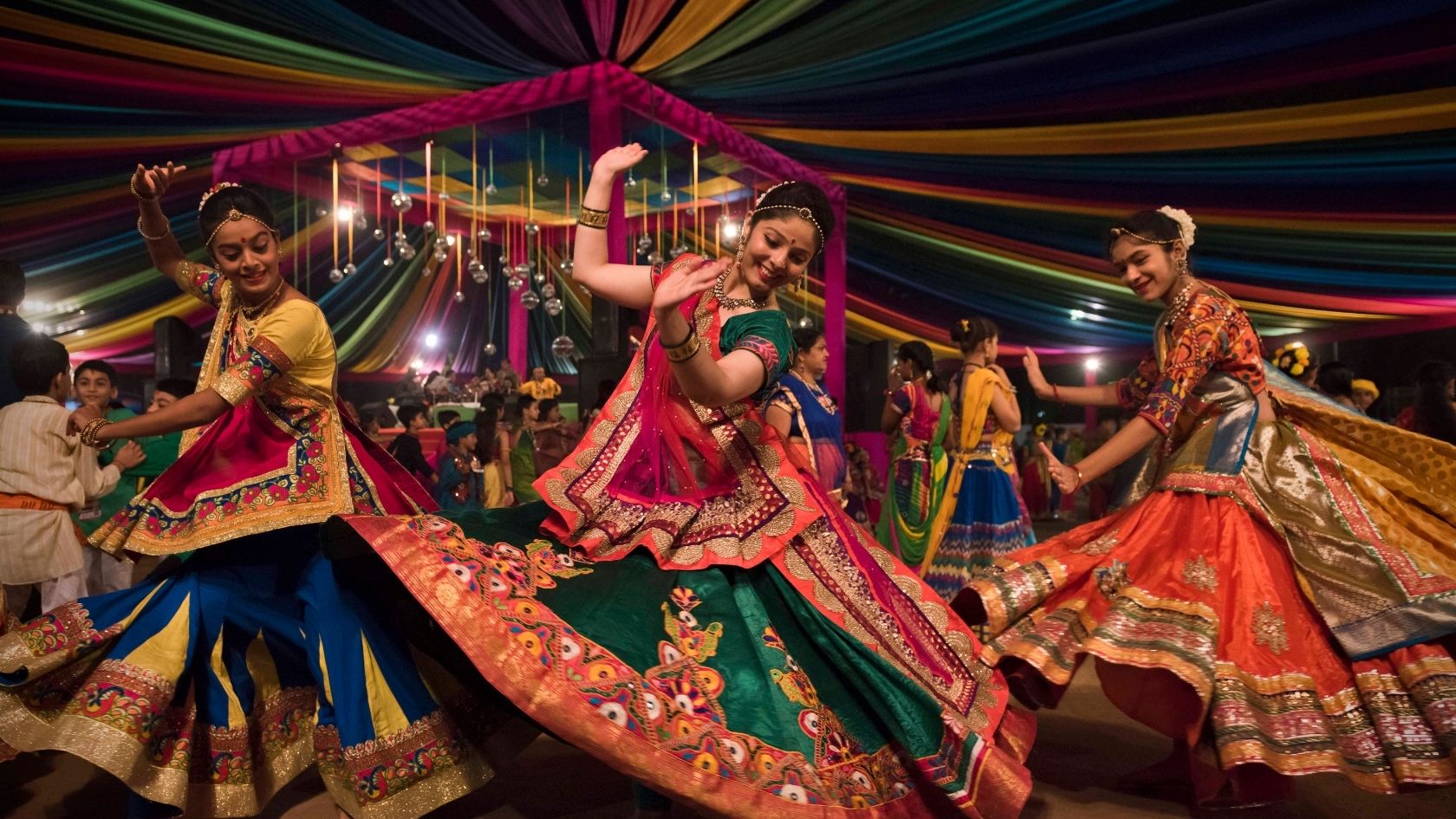
Goddess Durga, Goddess Lakshmi and Goddess Saraswathi represent the epitome of feminine energy in our country. Goddess Durga embodies strength and power. The first three days are devoted to her. The next three days are for worshipping Goddess Lakshmi, who symbolises material aspects of wealth and passion. Goddess Saraswathi embodies intellect and knowledge, and people seek her blessings during the last three days of the festival. Thus, Each Goddess ( their forms) is adulated for three days, making Navaratri the epitome of celebration. The tenth day is called Vijayadashami. It signifies the triumph of the noble aspects of the Three Goddesses.
In some parts of the country, especially in Northern India, Navarathiri is celebrated as the victory of Lord Rama over the demon king - Ravana. These nine days are for pooja, Vrats/ fasts, Bhajans, Kirthans and Ramlila.
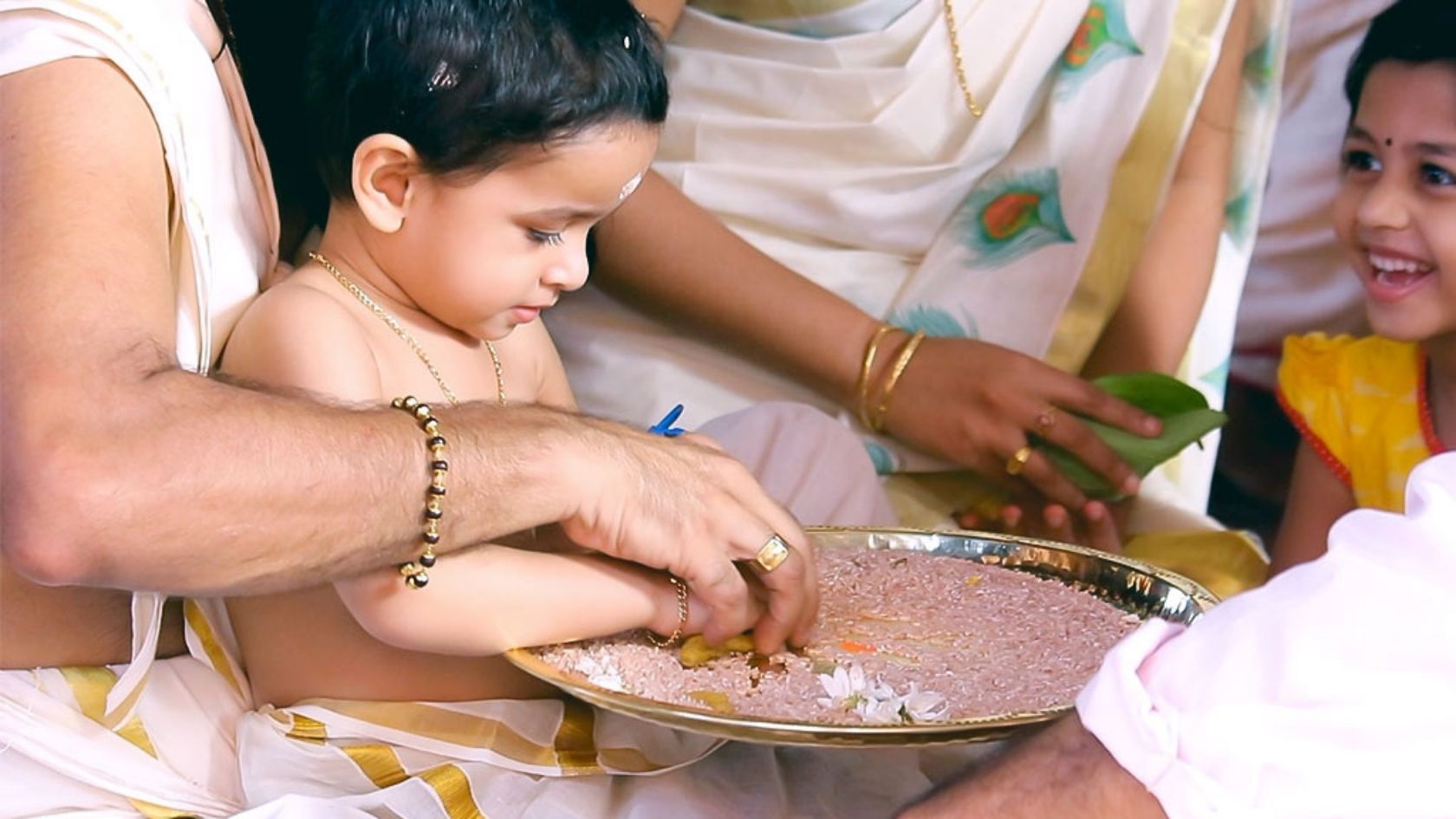
In the western India, Navaratri is a season of joy. People celebrate with friends and family in a fun manner. They organise Garba and Dandiya and dance with glee. Garba is danced by clapping hands, usually danced before the Arthi. Dandiya is a dance with sticks. Colourful sticks used for Dandiya represent the Sword of Maa Durga. People dance to the beats of the Dhol. Devotees also observe fasts and offer prayers to Goddess Durga.
In the Eastern parts of India, especially in West Bengal, it is celebrated as Durga Pooja. Life-size idols of Goddess Durga ( sometimes along with the Asura-Mahisasura) are erected and prayed to. Every day, devotees organise Bhajans, Aarthi and poojas. People also distribute Prasad and observe fasts during this time.
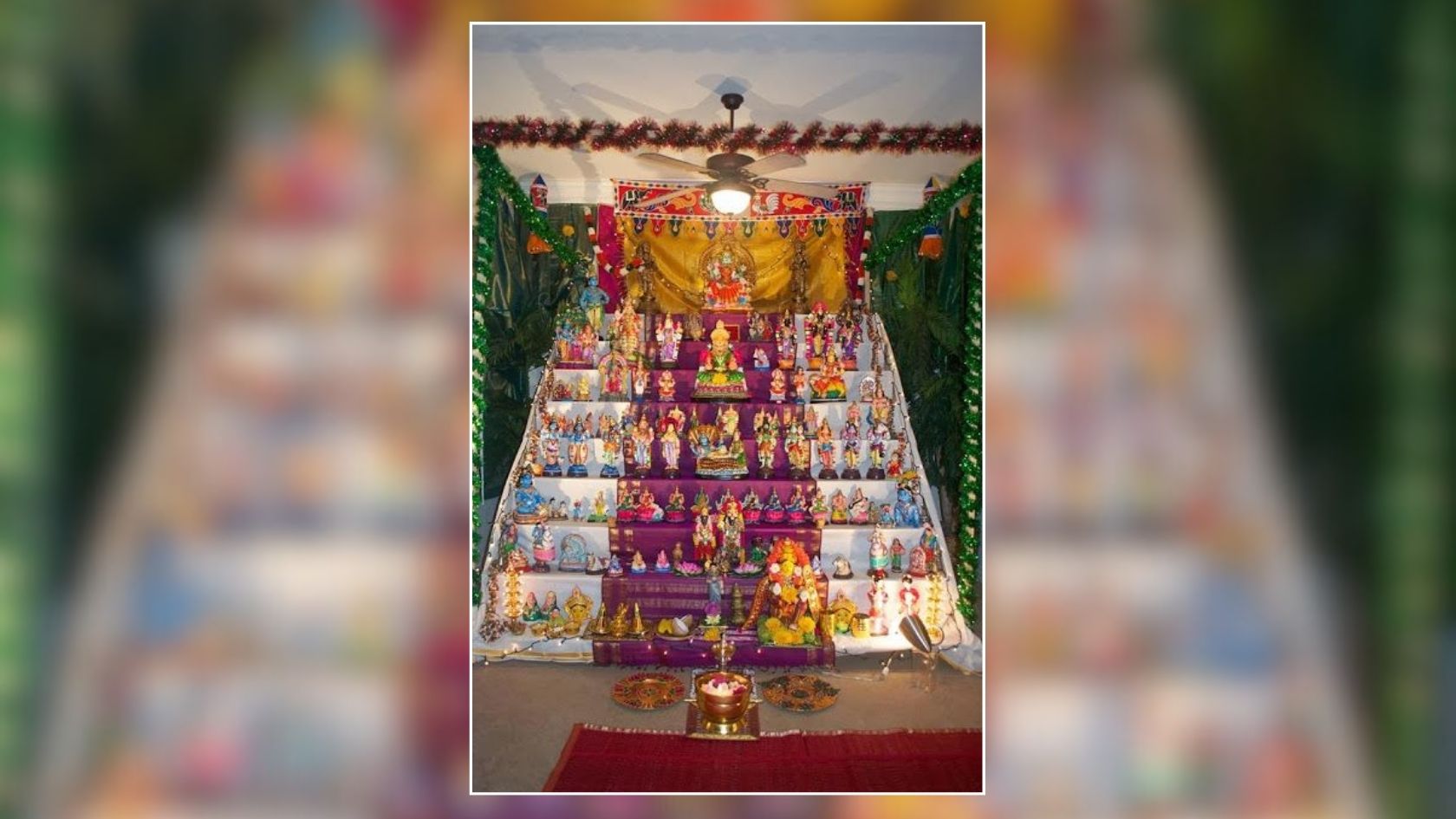
In southern India, Navaratri is different. People clean their homes and display Kolu/ Golu. Kolu/ Golu is an arrangement of figurines and dolls of Gods, Goddesses, Human beings, saints, animals and plants. People place a step-like structure at homes and position the dolls according to a theme. They invite friends and family to see their display. In the evening, people gather together and sing Bhajans, pray and offer Prasadam.
The Nine Nights of Navaratri are revered and celebrated through fasting, meditation, prayers and other spiritual practices in general. Fasting is a way of purification for the body. Throughout the year, we keep eating food and keep the stomach at its maximum capacity. When we fast, we give rest to the stomach and, in turn, to the body. It also acts as a Detoxification for the body. Also, Navaratri falls during the Dakshinayana period. A period for Sadhana, vrats and religious practices. Digestion slows down significantly.
When we introduce meditative practices during this alert phase of the mind, it is beneficial to an individual. It helps the person calm down and connect with the source. People who do not want to meditate choose to either offer prayers, chant mantras or sing hymns praising the Goddess. The body and mind becomes more conscious and alert. Thus, the festivities of Navaratri not only help celebrate the Feminine Devis and the divine energy but also help one re-connect with the source and advance in our spiritual journey.
To understand Navaratri better, our ancestors associated each day with a form of a female deity. Each deity also has a story associated with her. There are specific colours that a devotee can wear on a particular day. The Nine Days are devoted to the following Goddess:
Festivals and celebrations are not only ways to connect with one’s family. But serve as a tool to relate with the inner self. It allows us to bow down to and honour the omnipresent cosmic energy without which we cannot exist. Thus, Navaratri is a time for reverence, consciousness and gratitude.
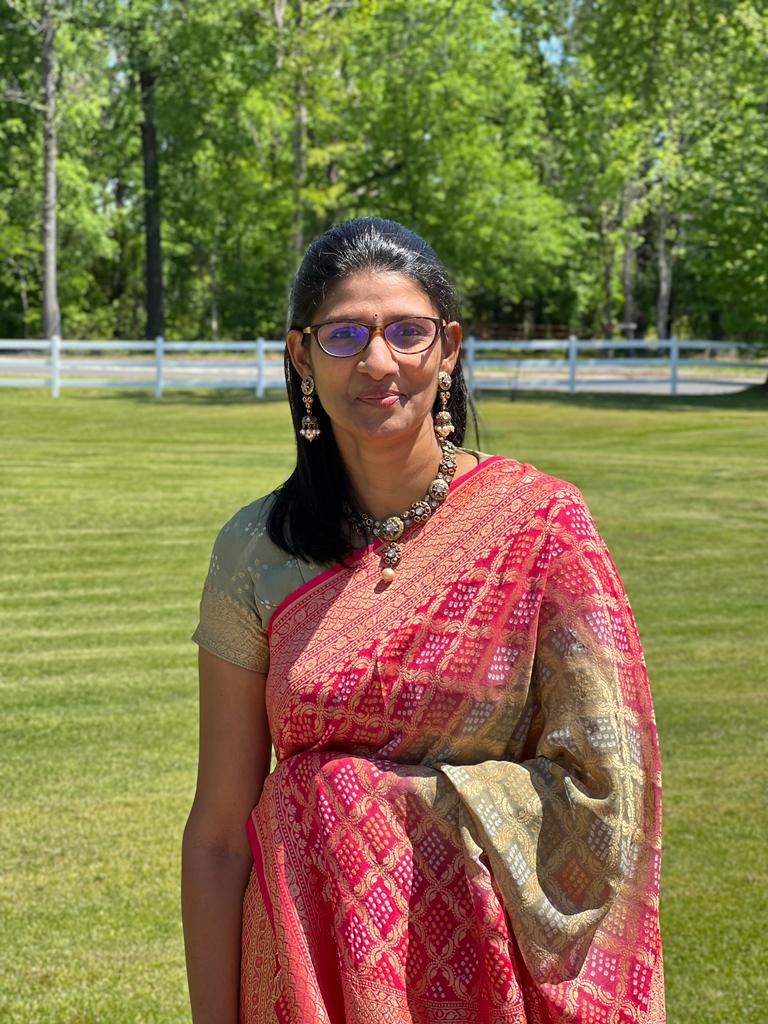 Vaishnavi Gurusankar is a passionate educator, a wife and a mother. She has over a decade of experience as an educator and has been closely working with teachers and children of all ages. She is also an active parenting blogger and founder of Magical Unicorn, an exclusive parenting blog founded on Indian ethos, values and stories at its core. She has also authored the book "Bharatyam : Science behind Hindu Practices & Way of Life"
Vaishnavi Gurusankar is a passionate educator, a wife and a mother. She has over a decade of experience as an educator and has been closely working with teachers and children of all ages. She is also an active parenting blogger and founder of Magical Unicorn, an exclusive parenting blog founded on Indian ethos, values and stories at its core. She has also authored the book "Bharatyam : Science behind Hindu Practices & Way of Life"
PREVIOUS ARTICLE
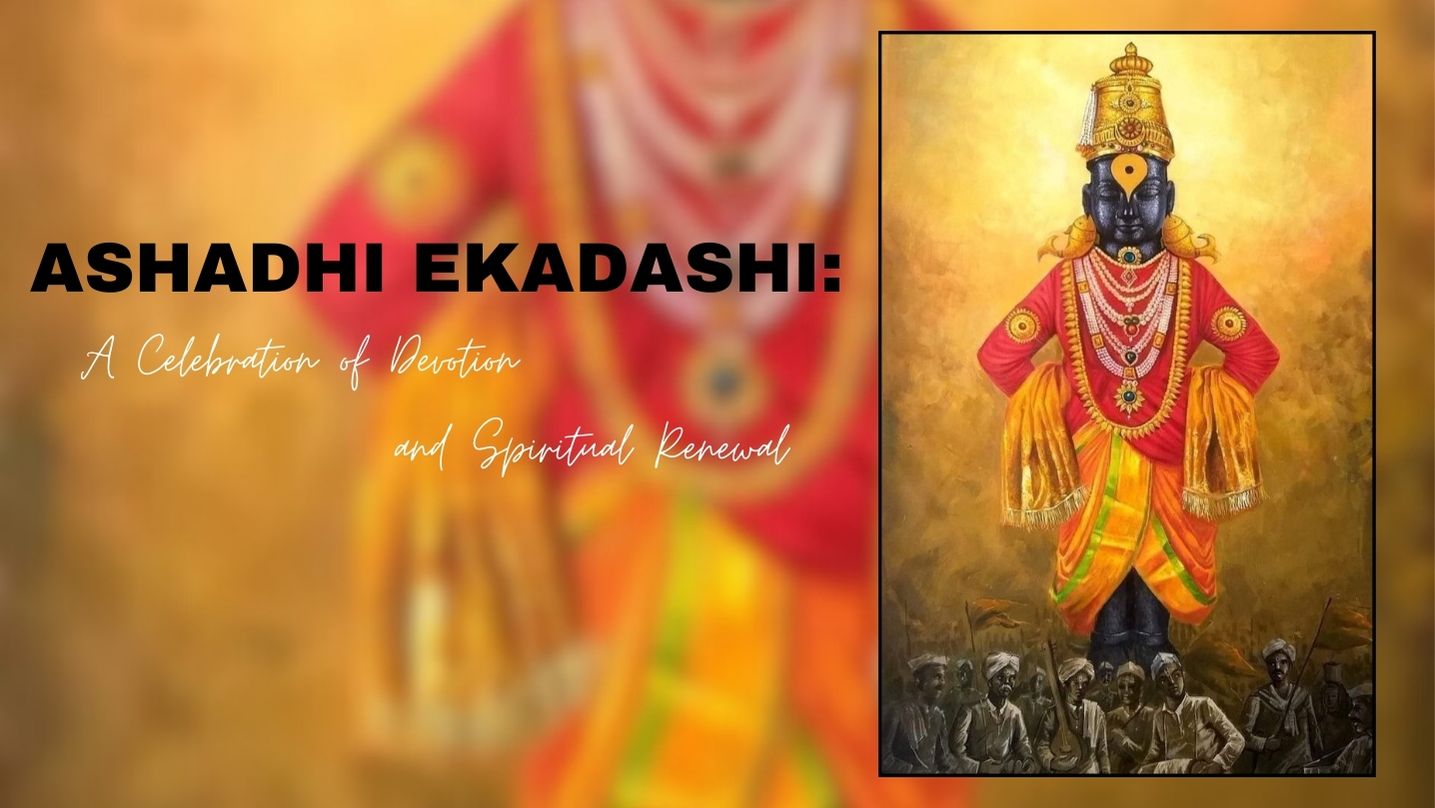
Ashadhi Ekadashi, also known as Shayani Ekadashi, falls on the 11th lunar day (Ekadashi) of the bright fortnight (Shukla Paksha) of the Hindu month of...
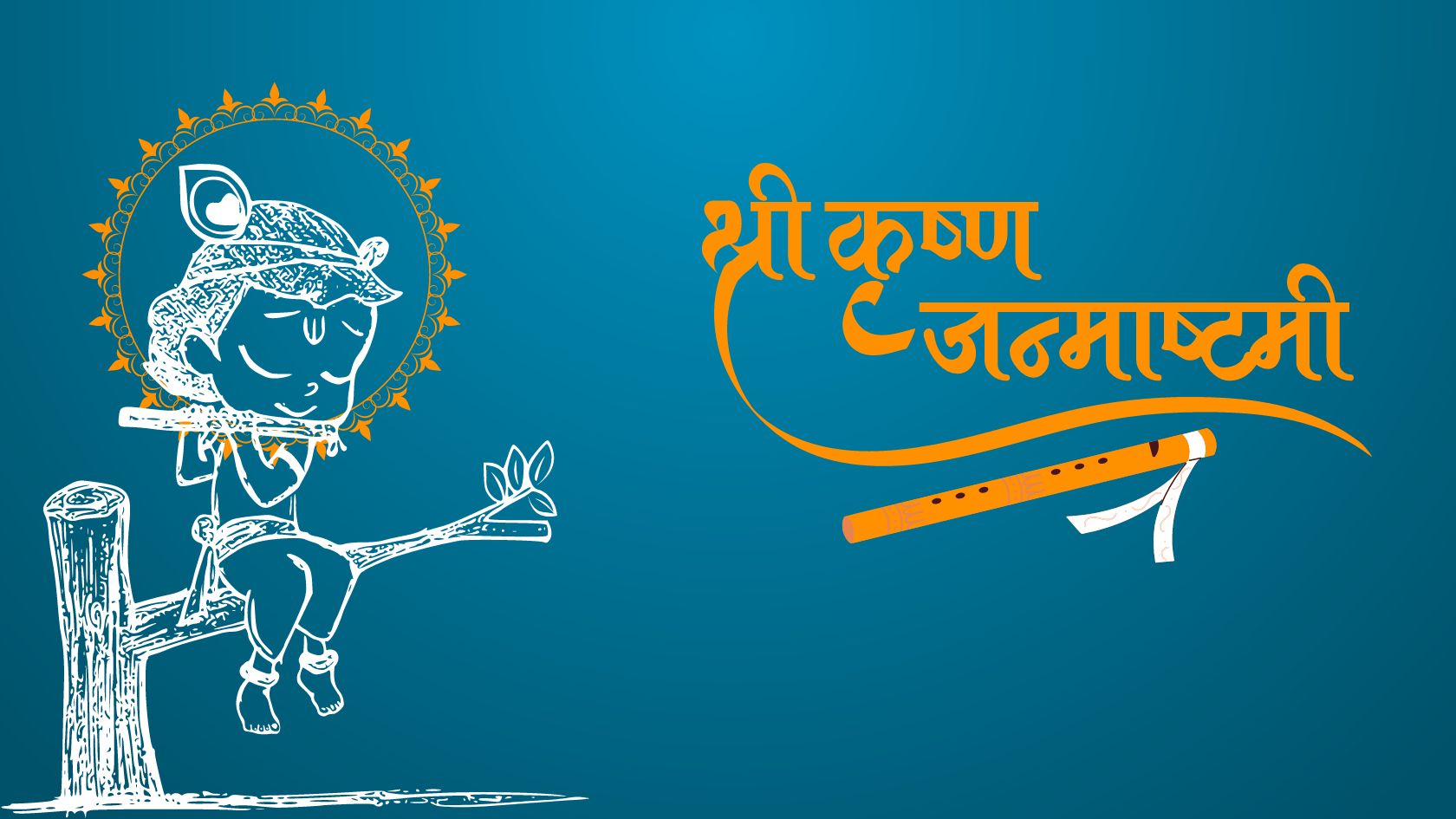
Every year, as the monsoon rains dance on the fields of India, an ancient story unfolds in the hearts of millions. It is the story of Krishna, the bel...
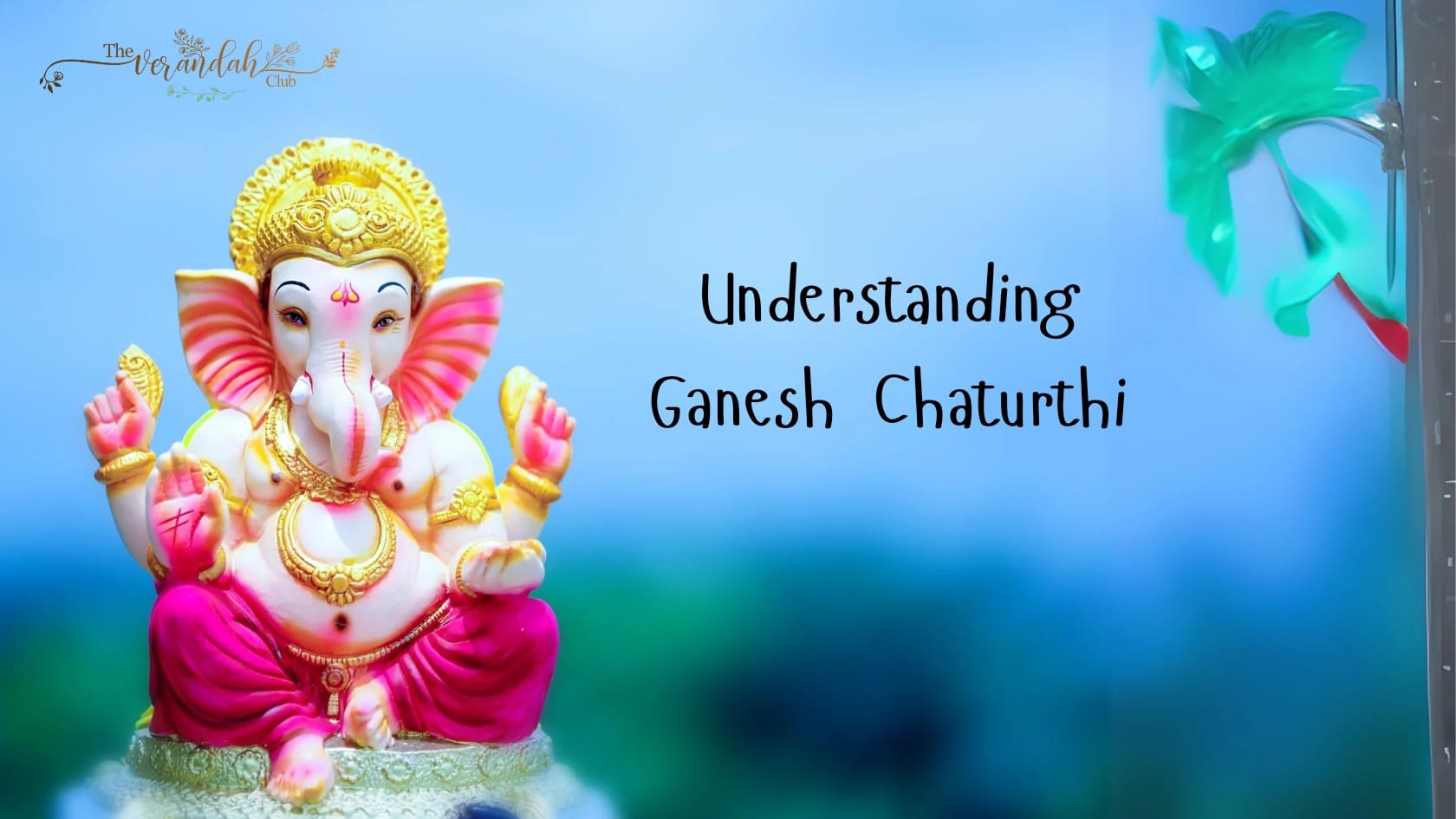
Ganesh Chaturthi, also known as Vinayaka Chaturthi, is a significant Hindu festival that honors Lord Ganesha, the deity revered as the remover of obst...